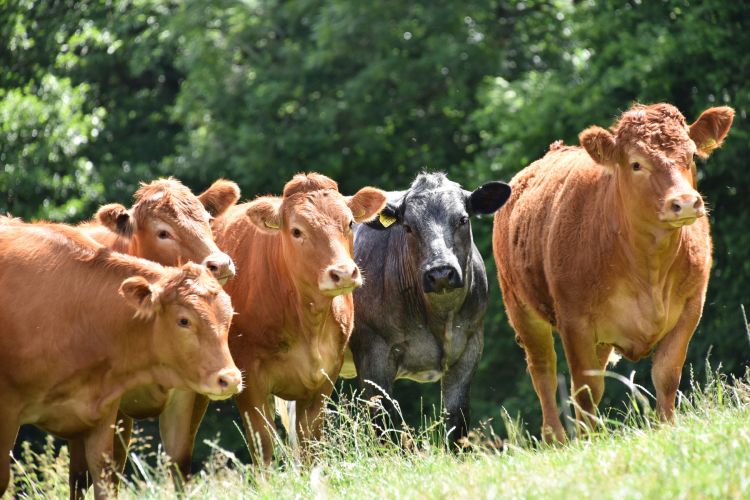
Beef production in the UK is likely to see medium term price stability as supply is expected to tighten, experts say in a new report.
Statistics from British Cattle Movement Service (BCMS) shows that the GB breeding herd stood at 2.7 million head in January 2024.
This is almost 2 percent lower than January 2023 and a notable 6 percent smaller when compared to January 2021.
However, in the short term, numbers may temporarily increase - and possibly impact on farmgate prices - before the expected tightening brings greater stability later in 2024.
This data, and the associated projections, are part of a new report by Hybu Cig Cymru-Meat Promotion Wales (HCC) that considers the factors impacting on the sector’s supply, demand and price, now and in the medium term.
Glesni Phillips, HCC’s market intelligence executive, said: “The United States Department of Agriculture (USDA) outlook forecasts a tight supply of beef on the global market in 2024, with Ireland and the EU experiencing reduced production volumes,.
“As a result, beef continues to be in demand across the globe, which may provide support to the domestic market as opportunities for increased exports arise.
"The BCMS data suggest supply for the remainder of this year will be plentiful as the number of cattle aged 12-30 months were up 2% compared to 2023.
"Cattle under 12 months of age as of 1 January were down 3% which suggest supply will be tight further down the line into 2025.
"In addition to this, a smaller breeding herd will lead to fewer calf registrations in 2024 and therefore fewer slaughter-ready animals becoming available into 2026 and beyond."
On prices, the report reflects that average deadweight prices for prime cattle categories in England and Wales were strong during 2023 and remained above year-earlier levels for the entirety of the year.
Steer average deadweight prices reached a high of £4.90 during mid-May last year, but current averages have surpassed this and reached £4.95 in March of this year – some 3% higher than year-earlier levels, and a further 28% higher than the longer-term five-year average.
Deadweight prices for cull cows were more volatile with averages for the first half of the year trending above year-earlier levels and the second half below 2022 levels.
The cull cow average peaked at £3.87 at the end of May – which was some eight per cent higher than the same period in 2022.
Ms Phillips said: “At the time of writing, current averages were trending around £3.46, an increase of over 30p since the start of 2024 but below the corresponding period last year by some 35p."
She said Defra data shows the UK produced 900,600 tonnes of beef and veal in 2023, a decrease of 2% when compared to 2022 and the lowest annual volume produced since 2018.
“HMRC state the UK exported almost 134,000 tonnes and imported around 291,200 tonnes of beef in 2023, a decrease of four per cent on 2022 levels.
Looking at demand, the market still contains positive signals. “Consumer experts Kantar reveal that over 80% of British households bought beef at some point during the year," she said.
“As cost-of-living pressures continue to influence consumer shopping and eating habits, mince sales continue to show strength in the retail sector.
"Looking at the total volume of beef sold at GB retail in 2023, mince accounted for 55% of this volume, a notable uplift from 50% in 2021,” said Ms Phillips.
